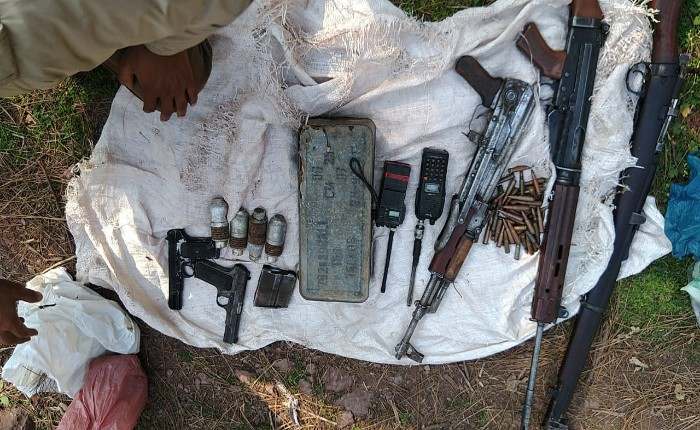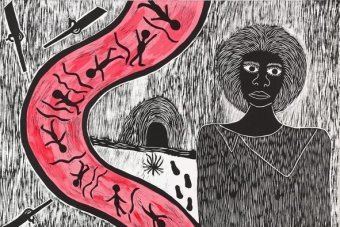
"The presumed universality of warfare in human history and ancestry may be satisfying to popular sentiment however, such universality lacks empirical support. As the authors note, this “dearth of violence” completely contrasts “with later periods when warfare clearly appears in this historical record of specific societies and is marked by skeletal markers of violence, weapons of war, defensive sites and architecture, etc…. Also in 2013, the anthropologists Jonathan Haas and Matthew Piscitelli surveyed descriptions of 2900 prehistoric human skeletons from scientific literature, and apart from single massacre site in Sudan (in which two dozen people were killed), only four skeletons showed signs of violence - and even these signs were consistent with homicide rather than warfare.

In the Levant - an area which includes present day Jordan, Syria, Israel and Palestine - there was also no sign of warfare until 3500 BCE, even though the area had been densely populated and farmed since 9000 BCE. Ferguson found that warfare only became common around 3500 BCE. In another study focused on prehistory, the anthropologist Bryan Ferguson (2013) carried out a detailed survey of Neolithic Europe and the near East, and found almost no evidence of warfare. This term refers to persons who carry arms or engage in warlike acts in.

There was only society (an Australian Aboriginal group called the Tiwi) who had a history of group killings. It is often during armed conflicts that human rights are infringed upon the most. For example, in 2014, a study of 21 contemporary hunter-gatherer groups by the anthropologists Fry and Soderberg showed a striking lack of evidence for inter-group conflict over the last hundred years.


 0 kommentar(er)
0 kommentar(er)
